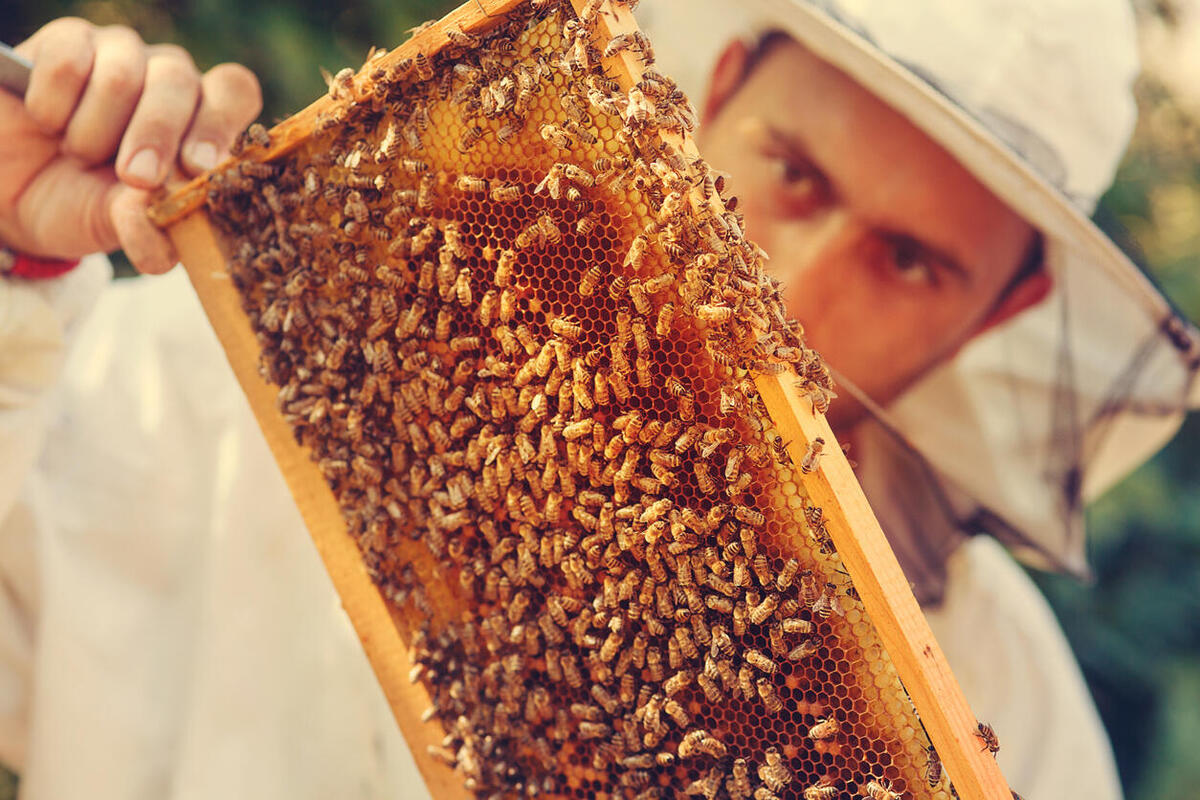
Honeybees (Apis mellifera) are known for building perfect hexagonal honeycombs, which are regarded as the pinnacle of biological architecture due to their ability to maximize storage space while using the least amount of material. Workers in natural nests, on the other hand, must switch between cell sizes on a regular basis, merge inconsistent combs, and optimize construction in constrained geometries.
Scientists discovered that some building configurations are more difficult for bees than others and that workers overcome these challenges using a combination of building techniques, such as intermediate-sized cells, regular motifs of irregular shapes, and gradual modifications of cell tilt, using automated image analysis of naturally built honeycombs.
Honeycomb is regarded as the pinnacle of biological architecture because of its ability to maximise storage space while reducing the amount of material used in construction. Pappus of Alexandria praised the bees’ ‘geometrical foresight’ in the 4th century, and Charles Darwin called it the ‘most wonderful of all known instincts.’
Multiple bees must deposit, mold, and shape the precious wax to construct a single cell; because the structure is built by an unsupervised collective, it is unknown whether each bee has architectural abilities or acts as a simple automaton.
The researchers developed a theoretical computer model that allowed them to analyze configurations, and test optimal ways cells might fit together in a continuous manner under the space constraints. Francoise Huber, a Swiss entomologist, proposed more than 200 years ago that bees might use intermediate cells to join a honeycomb, but he lacked the modern tools to measure thousands of cells and test his theory.

Post Your Comments